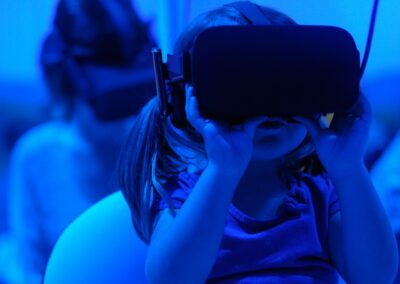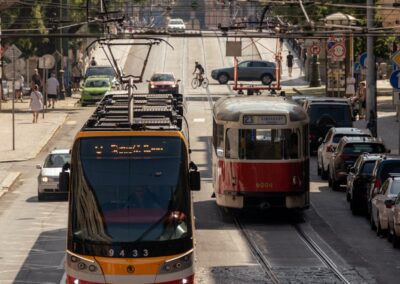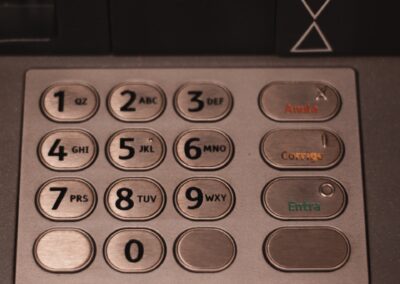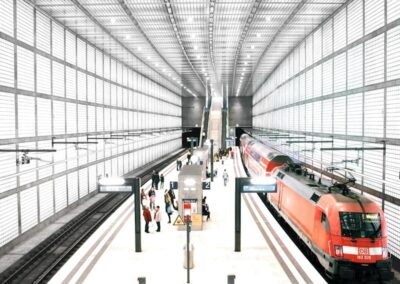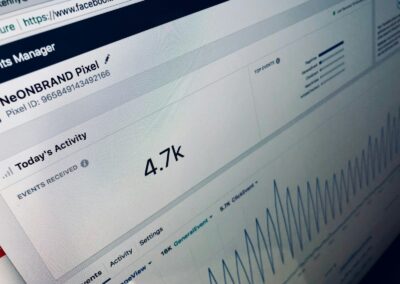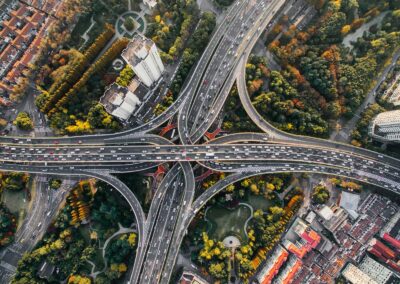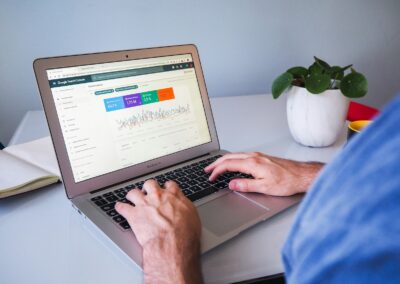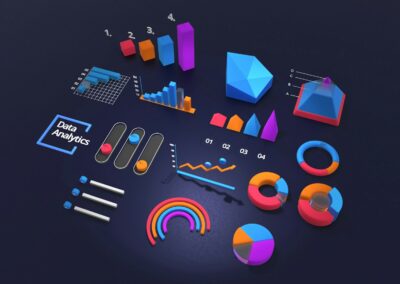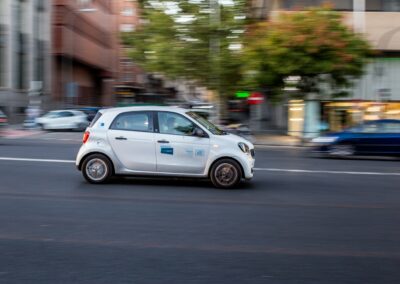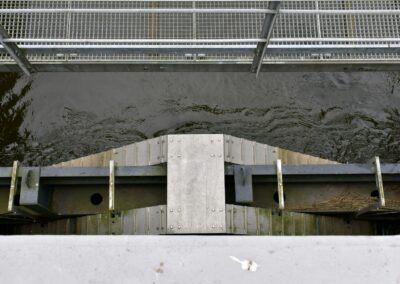Harnessing Digital Twins for Proactive Urban Management
Transforming Urban Planning with Digital Twins
Predictive analytics using digital twins is revolutionizing urban management by enabling cities to anticipate and address potential issues before they become critical. A digital twin is a virtual replica of a physical entity, such as a city or infrastructure, that integrates real-time data to provide insights and simulations. By leveraging this technology, cities can perform predictive analyses to identify areas that need improvement and opportunities for development.
In vibrant cities like Riyadh and Dubai, digital twins are becoming essential tools for effective urban planning and management. For instance, these virtual models can simulate traffic patterns, energy usage, and public transportation systems to predict future challenges and optimize resource allocation. By doing so, city planners and managers can proactively address issues such as traffic congestion or energy inefficiencies, leading to more sustainable and efficient urban environments.
Additionally, the integration of digital twins with AI and machine learning enhances their predictive capabilities. These technologies analyze vast amounts of data from various sources to provide actionable insights and forecasts. In Saudi Arabia and the UAE, where rapid urban development is underway, the ability to anticipate and mitigate potential problems is crucial for maintaining the quality of life and ensuring the success of ongoing projects.
Optimizing Infrastructure and Services through Digital Twins
Digital twins offer significant benefits in optimizing urban infrastructure and services by providing a comprehensive view of city operations. Through predictive analytics, city officials can identify potential failures or inefficiencies in infrastructure systems such as water supply, waste management, and energy distribution. This proactive approach allows for timely interventions and preventive maintenance, reducing the risk of costly repairs and service disruptions.
For example, by simulating water distribution networks with digital twins, cities can predict and address issues such as leaks or pipe failures before they occur. Similarly, predictive analytics can enhance waste management systems by forecasting waste generation patterns and optimizing collection routes. These improvements not only enhance the efficiency of urban services but also contribute to environmental sustainability by reducing waste and resource consumption.
Moreover, digital twins facilitate better decision-making by providing city planners with a data-driven approach to urban development. By analyzing simulations and predictive models, planners can assess the impact of new projects, such as the construction of new roads or public facilities, and make informed decisions that align with the city’s long-term goals.
Enhancing Public Safety and Resilience with Digital Twins
Digital twins also play a crucial role in enhancing public safety and resilience in urban environments. Predictive analytics enable cities to model and prepare for potential emergencies such as natural disasters, traffic accidents, or public health crises. By simulating various scenarios, city officials can develop and test response strategies, ensuring that they are well-prepared to handle real-world situations.
In cities like Riyadh and Dubai, where rapid urbanization and large populations pose unique challenges, the ability to predict and manage emergencies is vital. Digital twins can simulate emergency situations, such as floods or fires, to identify potential risks and develop effective evacuation plans. This proactive approach enhances the city’s resilience and ensures the safety and well-being of its residents.
Additionally, digital twins contribute to more effective crisis management by providing real-time data and insights during emergencies. This information allows emergency responders to make informed decisions, coordinate their efforts, and allocate resources more efficiently. As a result, cities can respond more swiftly and effectively to crises, minimizing their impact on the community.
Conclusion: The Future of Urban Management with Digital Twins
The use of digital twins for predictive analytics is transforming urban management by enabling cities to anticipate and address potential issues proactively. By providing a virtual representation of physical entities, digital twins facilitate simulations and analyses that enhance decision-making, optimize infrastructure, and improve public safety.
In regions like Saudi Arabia and the UAE, where urban development is rapidly advancing, the integration of digital twins is essential for achieving sustainable and efficient city management. By harnessing the power of predictive analytics, cities can better manage their resources, enhance their services, and ensure the well-being of their residents.
As technology continues to evolve, the role of digital twins in urban management will only become more significant. By embracing this innovative approach, cities can position themselves at the forefront of urban planning and development, creating smarter, more resilient, and thriving urban environments.
—
#DigitalTwins, #PredictiveAnalytics, #UrbanImprovement, #SaudiArabia, #UAE, #Riyadh, #Dubai, #ArtificialIntelligence, #Blockchain, #Metaverse, #ExecutiveCoaching, #GenerativeAI, #ModernTechnology, #BusinessSuccess, #Leadership, #ManagementSkills, #ProjectManagement




